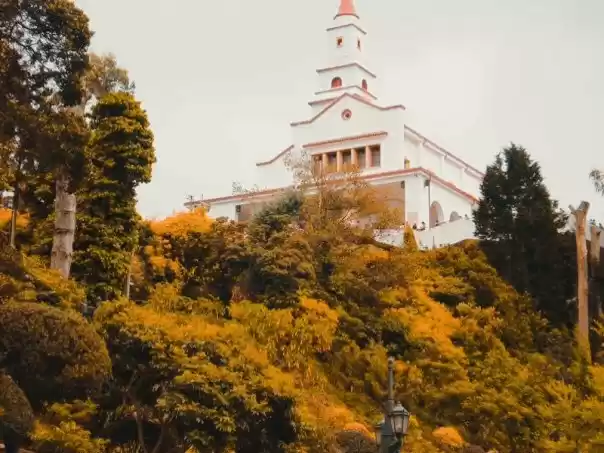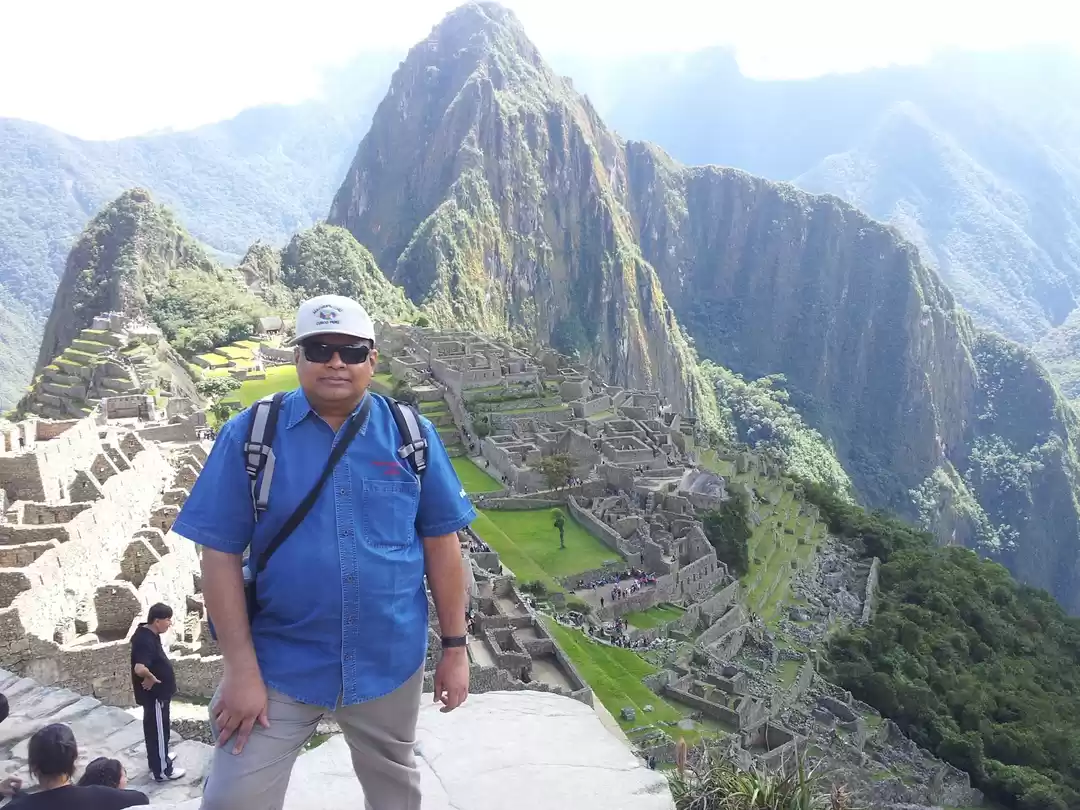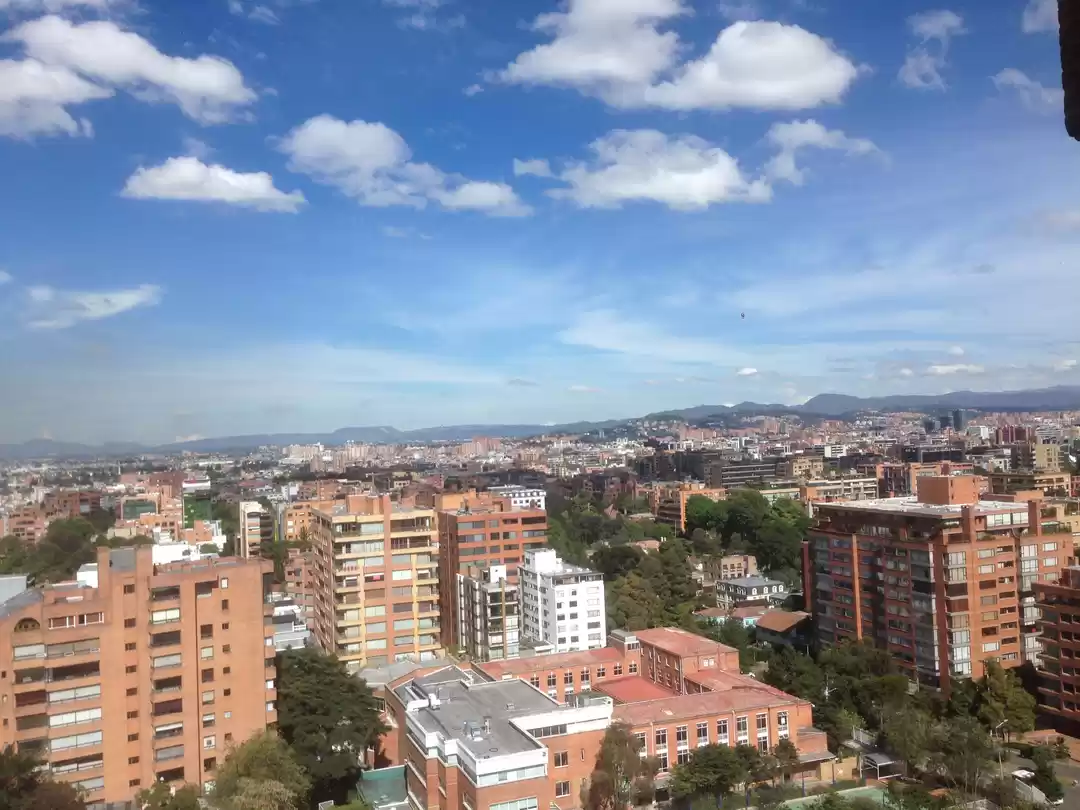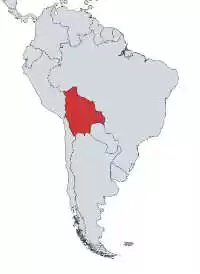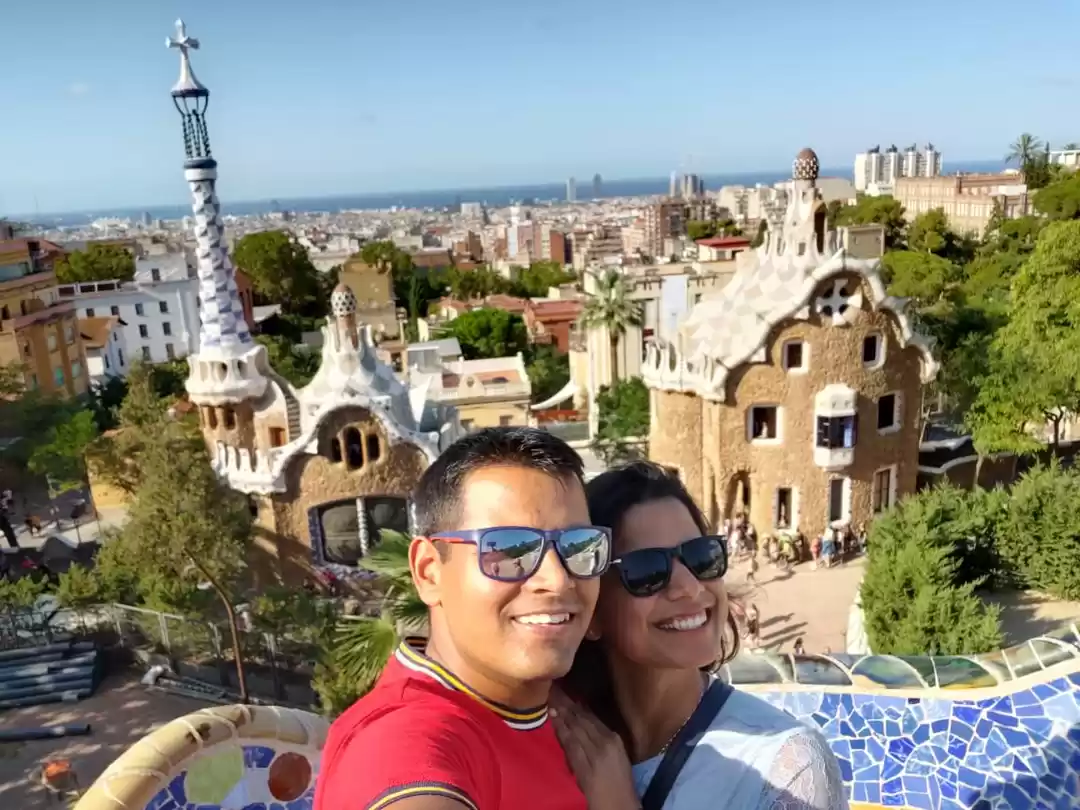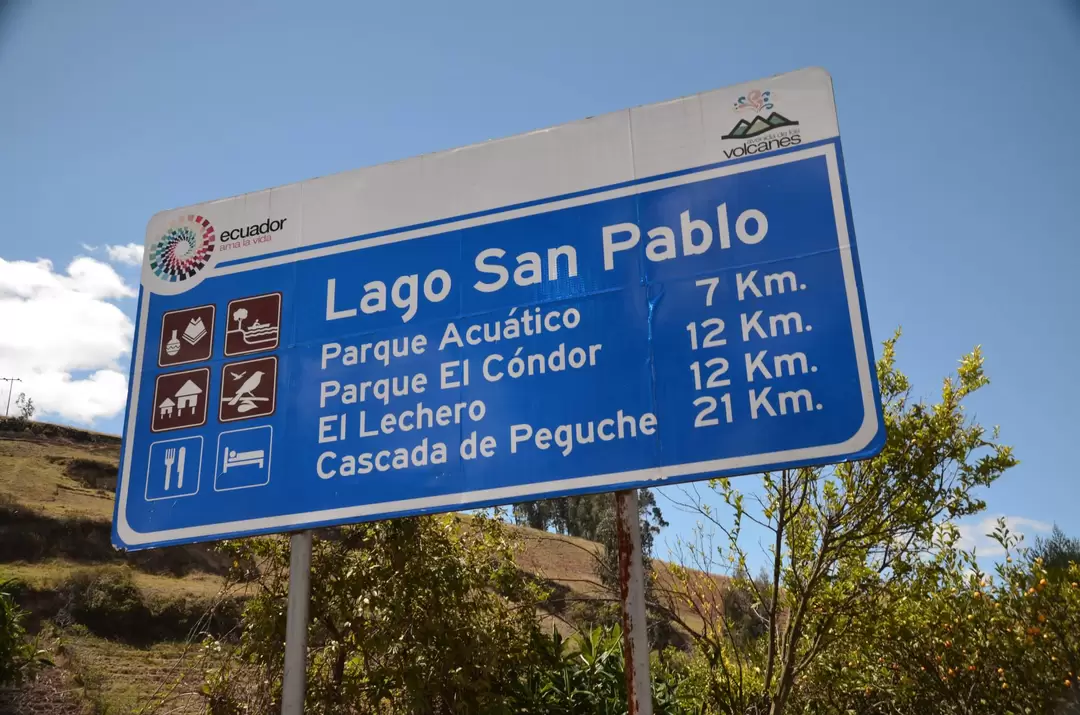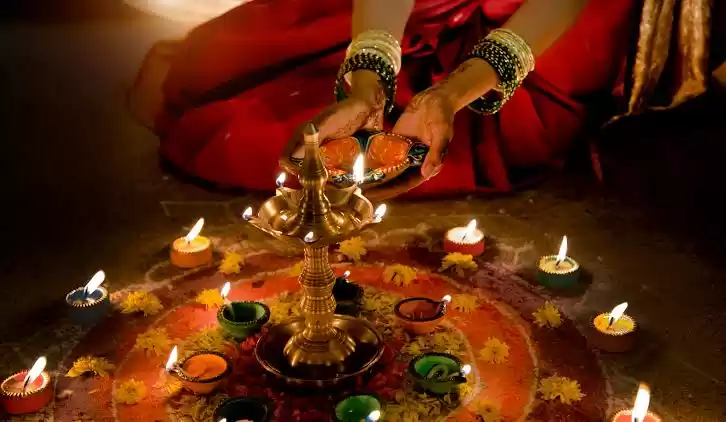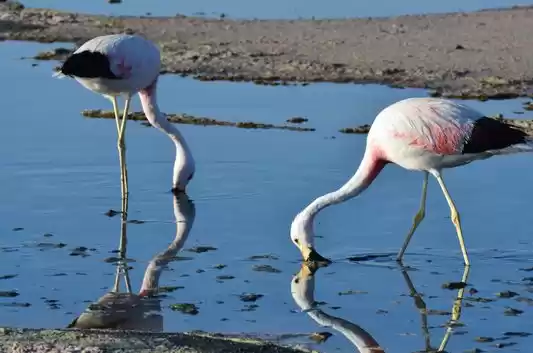
“ The area was encompassed in a bubble of warm, fragrant steam from the funnel cake deep fryers. It smelled like sweet vanilla cake batter you licked off a spoon.”― Sarah Addison Allen.
Oruro is a small city located at 3700 meters in the Cordillera of the Andes. The most popular thing in Oruro is the Carnival, which is one of the most famous in Bolivia.
On May 18th 2001, UNESCO declared Oruro Carnival a
“ Masterpiece of the Oral and Intangible Heritage of Humanity”.
# Why Oruro Carnival have originated?
Long before Spanish settlement, the ancient town of Uru Uru (the pre-hispanic name for Oruro) was a religious destination for the Aymara and Quechua people of the Andes.


Locals would worship Andean deities, praying for protection and giving thanks to Pachamama. The Uru people also revered their gods by celebrating Ito; the religious festival from which Carnival is thought to have originated.
In 1606 the Spanish founded today’s Oruro using the land, already being mined by the Indigenous population, as a base for obtaining the rich minerals in the surrounding hills.
In conjunction with their land being taken away, the locals were used as laborers for the Europeans who encroached on their religion with the introduction of Christianity.
From the get-go, Spanish priests tried to ban the Uru Uru rituals and traditions. Not wanting to renounce their beliefs, the Indians observed their traditions under the guise of Catholic rituals in order to keep their new overseers happy.
The catholic priests frowned upon this, but tolerated it in order to convert the Aymara and Quechua people to their religion.


In a further attempt to convert the locals to Christianity, priests encouraged the Indians to perform their traditional dances and music in line with Catholic holidays as well as transform their festivals into Catholic rituals; a prime example being the festival of Ito.
Meaning of Carnival ??
Using a mix of dance, music and costume, Carnival not only tells the story of how the Spaniards conquered the Aymara and Quechua people of Bolivia, but celebrates good versus evil along with Oruro’s rich cultural identity.

The world Carnival is derived from the Spnaish word carne levare, which means “take away the meat”.

This is in reference to Lent, the 40-day period in which devout Catholics abstain from consuming meat in the lead up to Easter.

Since a reported 90% of Bolivians call themselves Catholic, the word was used to signify Carnival; the 10 day festival leading up to Lent.
In Oruro, locals believe Carnival commemorates a miraculous event that occurred in the early days of the town. Story has it that the Virgin of Candelaria took pity on a fatally injured thief by helping him reach his home near the silver mine of Oruro before his death.
When the miners discovered the man’s dead body at the base of the mine, there was an image of the Virgin hung over his head.
The story is believed to have been concocted by the Spaniards in order to convince the Indians that they needed to dedicate a church to the Virgin.
The ever religious Indians followed the recommendations of the Spanish by painting a mural of the Virgin Mary and worshiping her in a 3 day festival held the same dates as the Indigenous celebration of “Anata”.
Since the miraculous event, Oruro Carnival has been observed in honour of the Virgen de la Candelaria or Virgen del Socavon (Virgin of the Mineshaft) and the Sanctuaria del Socavon (Church of the Mineshaft) is where the carnival’s most important events are held.
The dances of Oruro Carnival are based on the legend of Virgin del Socavon, combined with the ancient Uru tale of Huari and the struggle of Archangel San Miguel against the Devil and the seven deadly sins.


# The Icons of Carnival
Carnival sees a blending of Catholic and Indian rituals, mixing the Virgin and Devil teachings of the Catholic religion with the Indian ideas of Pachamama and Tio Supay.



El Tio, the most recognised icon of Carnival, is a malevolent character who transforms into the Devil for Carnival. Known as the Uncle or God of the mountains, indigenous miners believe El Tio is the owner of the mine’s minerals and the overseer of their safety.
Pachamama is the Earth Mother who the Indigenous people believe is a giving and benevolent goddess much like the Virgin de la Candelaria.
There are other notable icons in Carnival include , Llameradas representing the pre-Columbian story of the llama herders who danced to maintain control of their herds, Archangel San Miguel.
Tobas warriors symbolising the victors of the Inca Empire, Incas , Kallawayas representing doctors of the Inca empire.
Caporales represening the overseers who gained a reputation for their cruel treatment of Indian and slave laborers.
Morenos representing the Africans who were enslaved by the Spanish back in the 1600s.
# When to go at ' Carnaval de Oruro' ?
Because carnival is timed to end exactly 40 days before Easter, the start date of the festival differs year to year.

# How to get to Oruro?
Oruro doesn’t have an airport, therefore the only way to get to Oruro Carnival is by bus.
Buses to Oruro:
* Lapaz to Oruro - Buses run 24 hours to and from ruro during carnival. Travel time is 4 hours. Recomended bus service include Andio, Avaroa and Trans Copacabana.
*Cochabamba to Oruro - Buses run 24 hours to and from oruro during carnival. Travel time is 4 hours . Recomended bus companies include Azul, Danubio , Naser and Trans Copacabana.
*Potosi to Oruro - Buses departs 7:00 ,11:00, 13:30 , 22:00 and 22:30. Travel time is 5.5 hours. Recomended bus include Trans Azul and Bustilos.

Disfruta el Carnaval de Oruro !!






